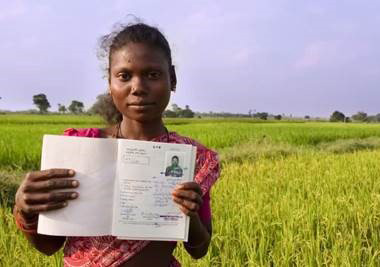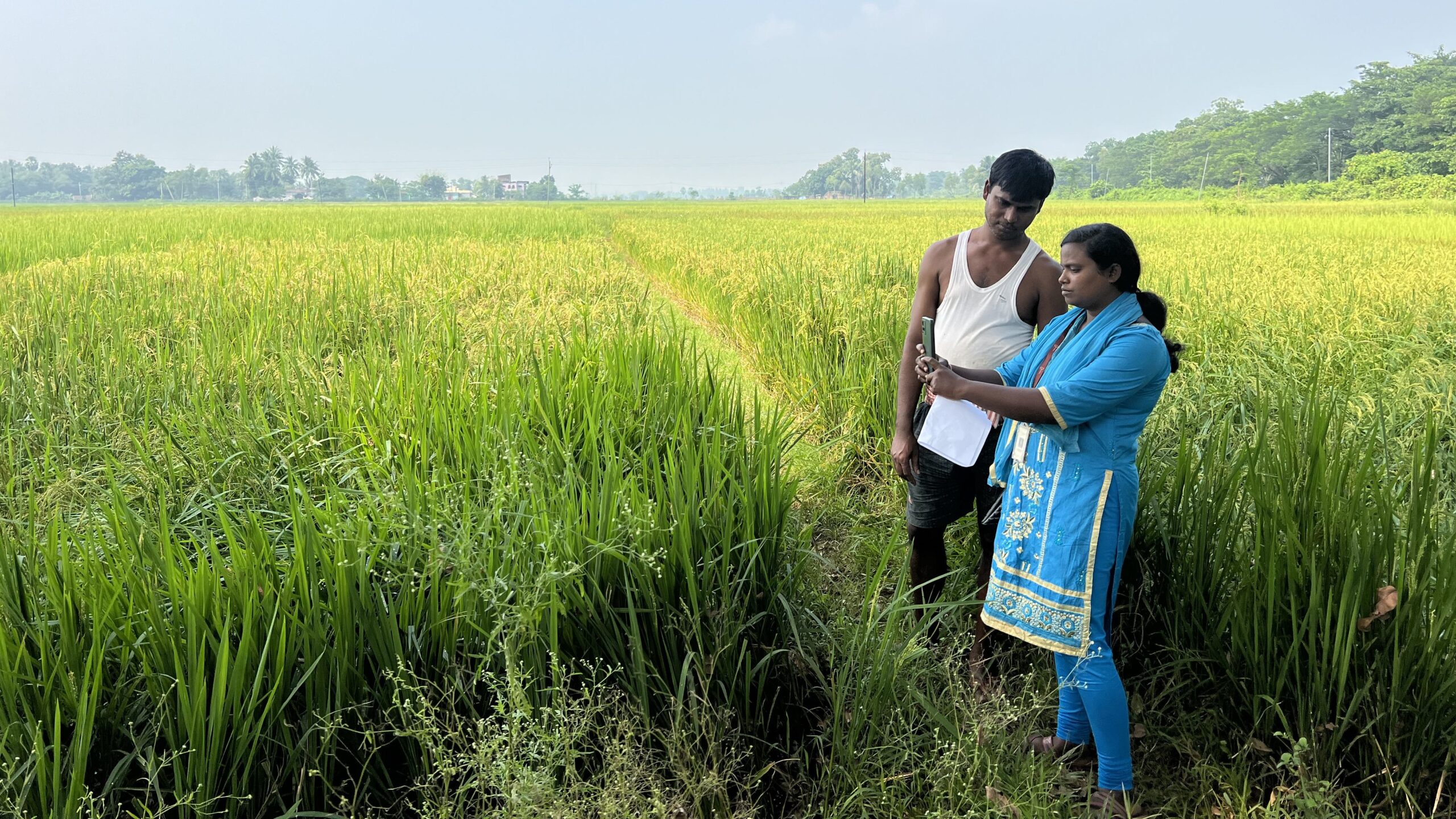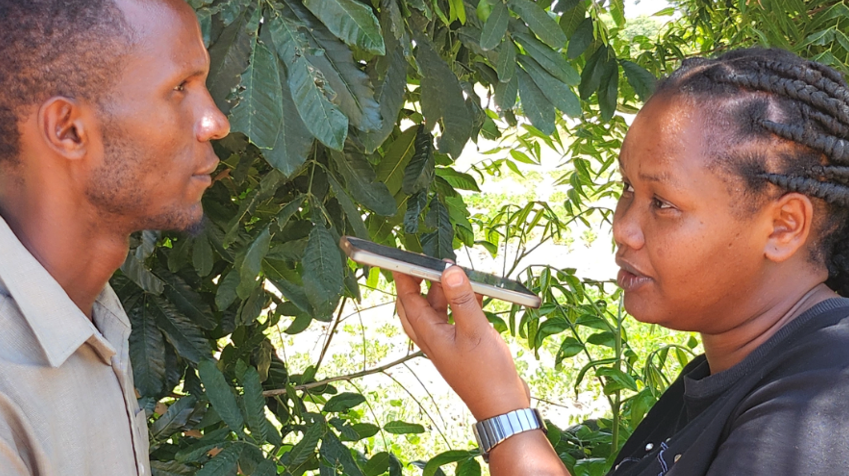At USAID, we know that addressing gender issues is essential in our work to end extreme poverty and create resilient, democratic societies. Period. Women are key drivers of economic growth and must gain access to and control of capital, land, markets, education and leadership opportunities in order to build vibrant economies and respond to a swiftly growing population that must be fed.
But how do we get there? Land rights are integral to food security. Three of the recently endorsed Sustainable Development Goals – those on ending poverty, achieving food security, and empowering women – all spotlight land rights as measures of success. Numerous studies have shown that secure land rights are a vital part of an enabling environment that empowers women, promotes inclusive economic growth and reduces extreme poverty. Here are four things you should know about women, land and food:
- In too many societies, women are discriminated against when it comes to using, purchasing, inheriting and leveraging land as a productive asset — which has a spillover effect in food security.
Women comprise a significant portion of the global agricultural labor force, but are a minority of agricultural landholders. Women not only hold less land than men but, on average, they hold smaller plots of inferior quality. This leads to a gender asset gap that has negative consequences for women, their families, their communities and for global food security. This IFPRI Discussion Paper examines gender inequalities in ownership and control of land, and the resulting implications on development in Africa. However, when women have more secure land rights they have greater control over decision-making about the kinds of crops to grow, what technology to use and what to consume or sell.
- A growing body of research shows that when women’s land rights are secure, there is a ripple effect of positive development outcomes.
When women have stronger rights and more access to land and productive resources, their crop yields increase. Secure land rights also lead to greater incentives to invest in the land, which creates economic opportunities and leads to more sustainable farming practices. Women’s land ownership is also correlated with higher incomes including income generated from renting land to others, greater decision-making power within households, better child nutrition, and improved educational attainment for girls. This USAID Issue Brief examines these outcomes for women and looks at various approaches for strengthening their land rights.
- Small, practical changes in how we approach securing land rights can lead to big results.
Simple steps, like ensuring that land certificates or titles have spaces for multiple names – so that both husbands and wives can be listed as owners – can have a big impact. A Landesa partnership with the government of West Bengal, India found that changing the number of spaces for names on land titles from one to two, and educating officials about the benefits of women’s land rights, led to the inclusion of women’s names on the majority of titles. Awareness raising and training can also yield powerful, sustainable benefits. In one part of Kenya, when USAID worked with communities to educate women on their land rights and train traditional leaders on the importance of these rights, women were elected as tribal elders for the first time in history. Even after the USAID project ended, the number of elected female elders in the community has continued to grow. Now chiefs and elders require spousal consent (with witnesses) for all land transactions, including leases – giving women greater security over their land. Feed the Future programs have also included efforts to strengthen women’s land access, for example, through land reform and legal aid and education services in Tajikistan and citizen working groups to advocate for women’s land access and reclamation of degraded lands in Senegal.
4. Women’s land rights equal power.
Control over valuable assets, such as land and property, are important sources of power in communities and within households. When women have more control over land, it not only empowers them to make decisions on land use, but it allows them greater bargaining power and economic opportunities including access to capital, credit, markets and leadership opportunities. And, a study by IFPRI Research Fellow Hosaena Ghebru found that more secure land rights in Ethiopia allowed women to earn an income from renting or leasing their land to others, which contributed to improved food and economic security. But strengthening women’s land rights can also disrupt existing power balances. Some men, for example, may view stronger women’s land rights as a threat to their authority or masculinity and they may react violently to this perceived loss of control. We must be careful that our development programs take appropriate steps to ensure we do no harm. This means that we must engage entire communities, including men, boys and traditional leaders to ensure that the benefits of women’s land rights to the entire community are understood by all.
For further reading on the subject, a recent IFPRI blogpost shares recommendations for “Ten Essential Reads on Gender and Land Tenure.”
Susan Markham is USAID’s Senior Coordinator for Gender Equality and Women’s Empowerment where she works with USAID’s senior leadership and Mission staff to fully integrate gender equality and female empowerment into USAID’s policies, programs, and strategies. She recently represented USAID, along with experts from Landesa and the Cloudburst Group, at a panel discussion at IFPRI on Women, Land and Food.







